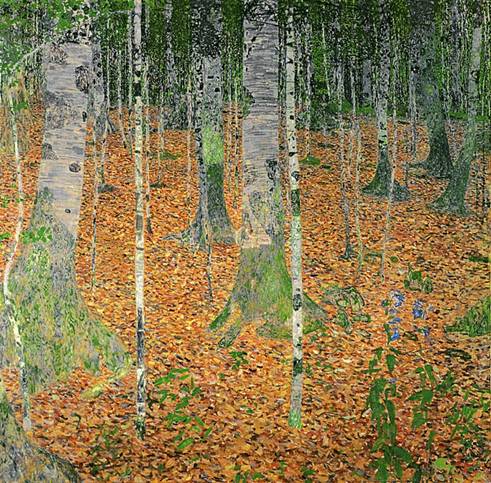To be honest, I’m not sure how I feel about modern sculpture. It nearly falls into that borderline category of ‘Emperor’s New Clothes’ alongside Dada, ‘Emin-ent’ brit-art, and just about anything that requires ‘installation’. Is it art, or is it philosophical discussion? (or is some cases, sixth form debate). If it leaves me scratching my head, I’m not particularly happy; I’m left with the uneasy feeling that either I do not have the intellectual wherewithall to comprehend, or that there is in fact little substance; neither of which is good.
But there are some exceptions. Antony Gormley perhaps is one. And the other most definitely is Dame Barbara Hepworth. Oddly enough it was my young daughter, no more than five or six years old at the time who instantly fell in love with Barbara’s work, and so prompted my repeated visits to her remarkable walled home and studio in St Ives, and now the Barbara Hepworth museum and sculpture garden.
Anyone visiting the place surely must agree that it is the dream studio, especially in St Ives where gardens and space are so limited. Barbara herself acknowledged that she had passed by the place for ten years without realising what lay hidden behind the high stone wall. And today, there are her tools, still, in a white-washed work-place; her overalls still hanging on the peg. And in the garden a poignant and ghostly white summer house, more of a shed really, with just a single bed, where she often slept. Thirty-six years ago today she died here in a fire.
I spent too much time today trying to source a photograph by Lord Snowdon of Barbara emerging from St Ives Bay like a sea-witch from the rocks and seaweed. I think it sums her up; how she made the town her own, despite perhaps some good-natured ribbing from the locals. With hindsight, she fits in perfectly. And tomorrow, a new Hepworth Gallery opens in Wakefield, West Yorkshire, where Barbara was born. You can find more information at http://www.hepworthwakefield.org/ or via the wonderful Tate St Ives http://www.tate.org.uk/stives/
As I’ve said, I’m on unsure ground; but what I love about Barbara is that she seemed to make a real effort to connect with the Cornish environment; the shapes, the tides, the stone. And I also admire her for holding her own and more amidst the flourishing and largely male-dominated St. Ives ‘colony’ of artists, which included herself and second husband Ben Nicholson (an informal chat with one of her former assistants sadly revealed an on-going disparagement). And all whilst bringing up triplets.
Here’s to you Barbara.
All photographs taken by C Devine at the Barbara Hepworth museum and sculpture garden, St Ives, Cornwall







